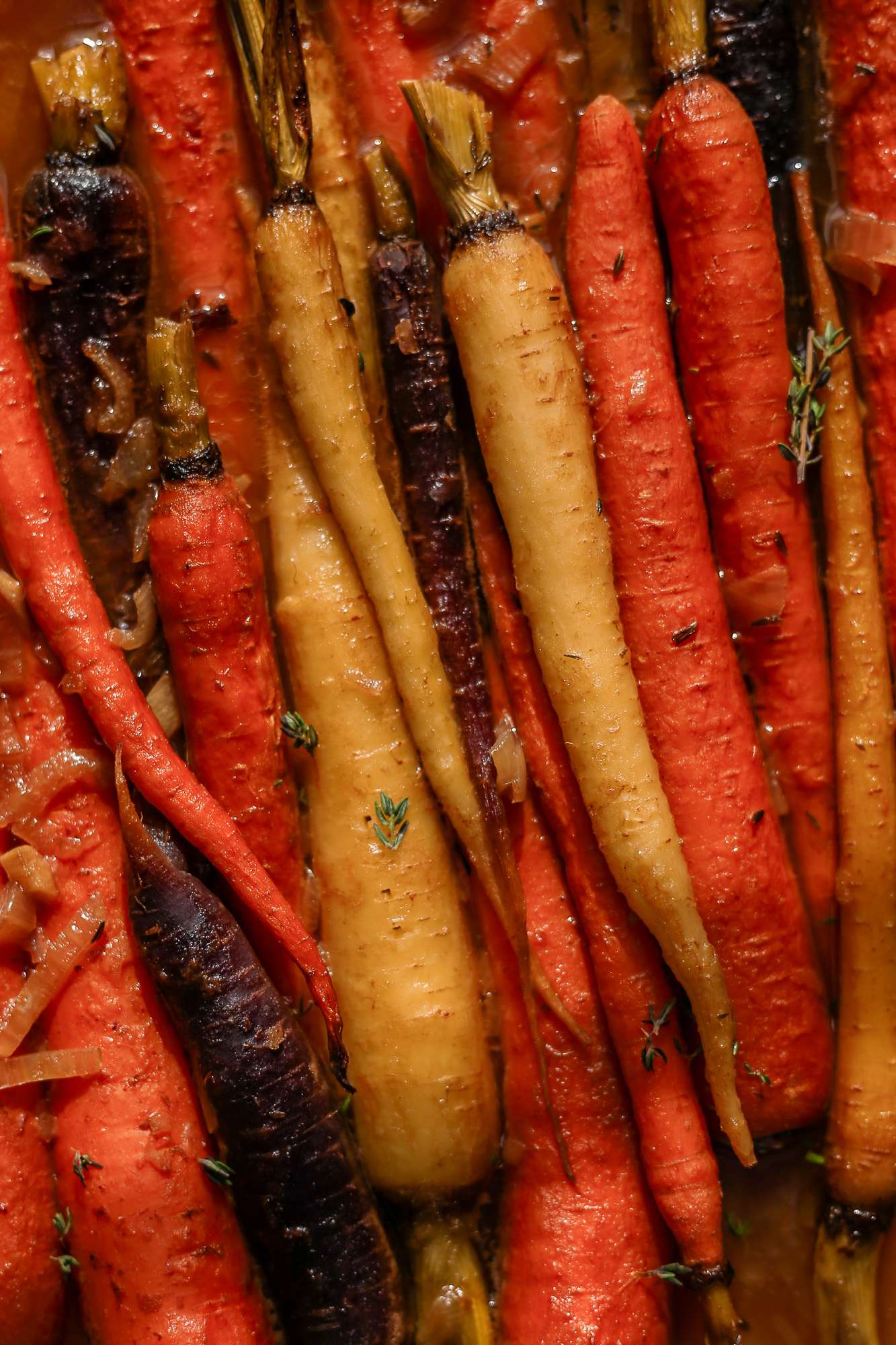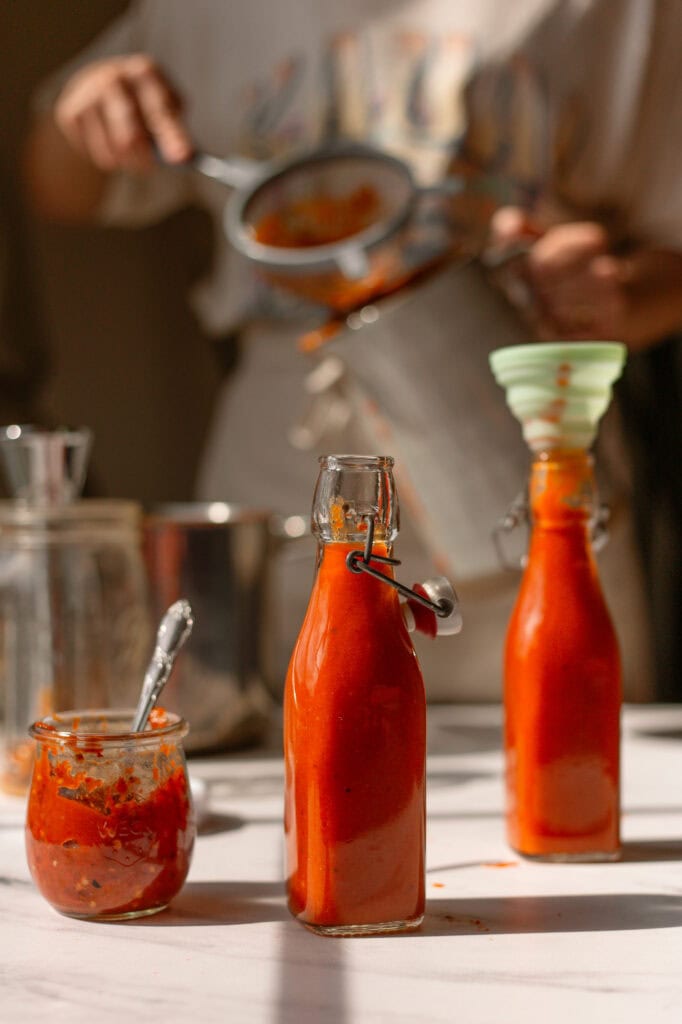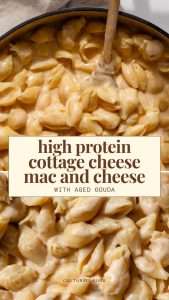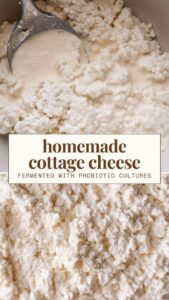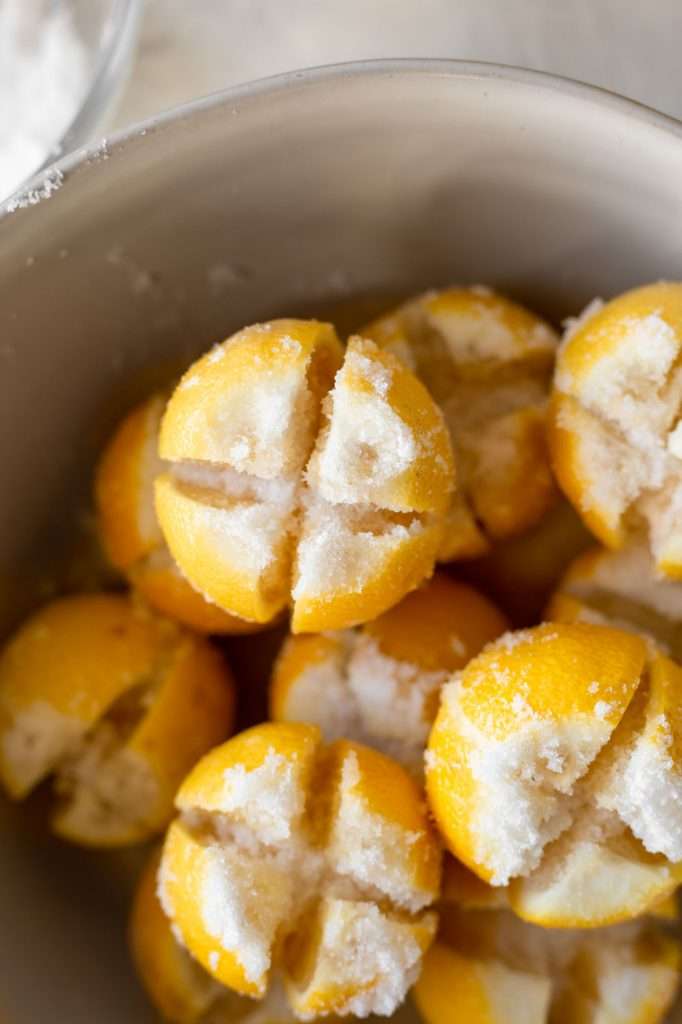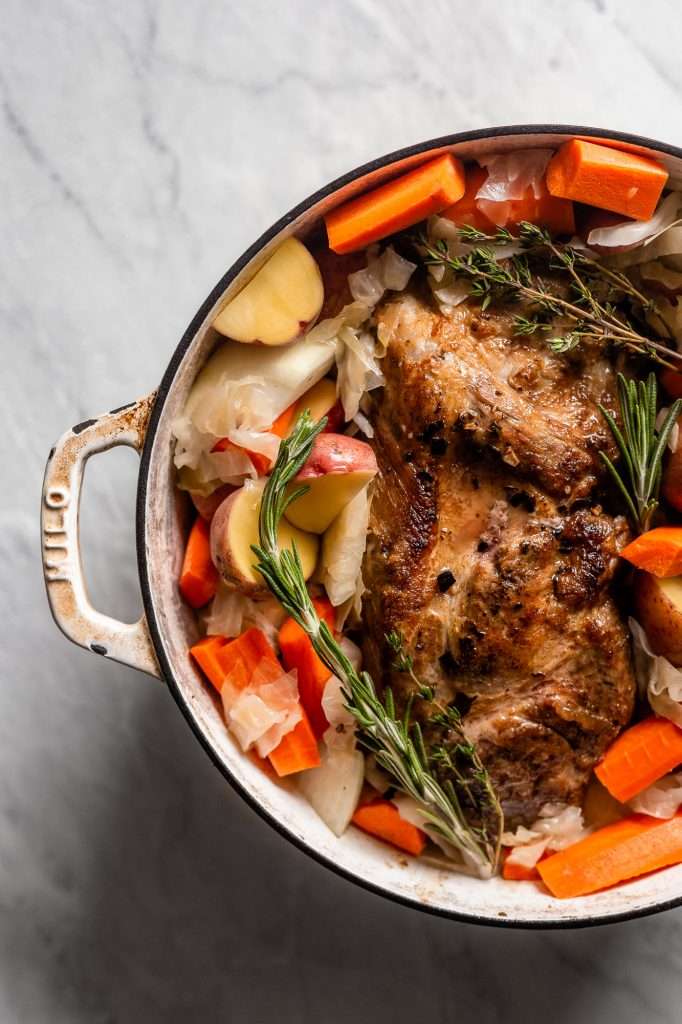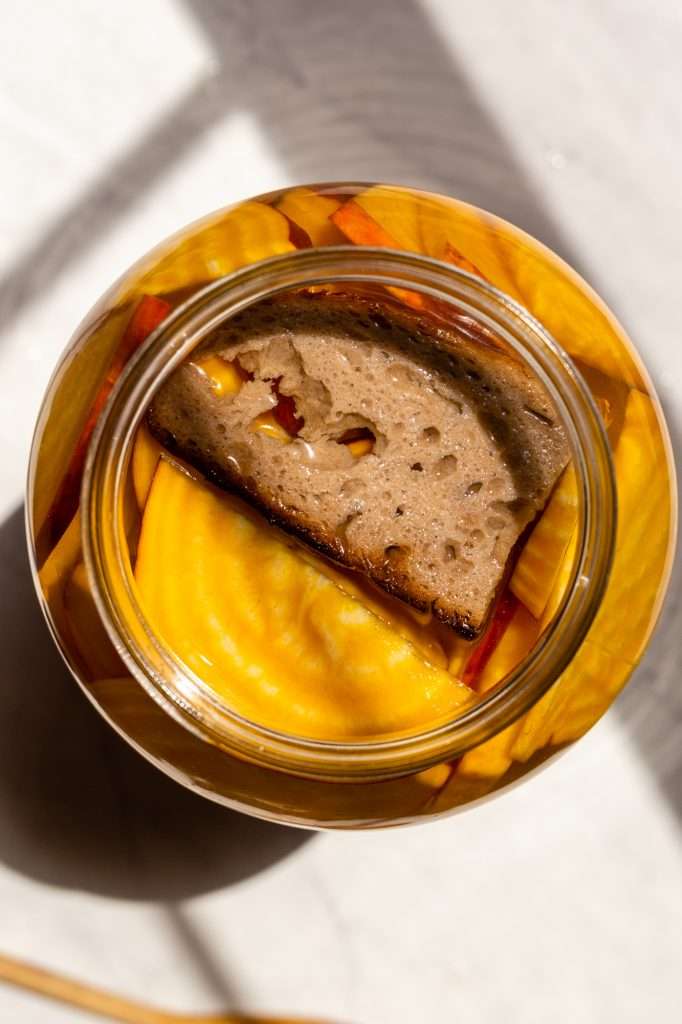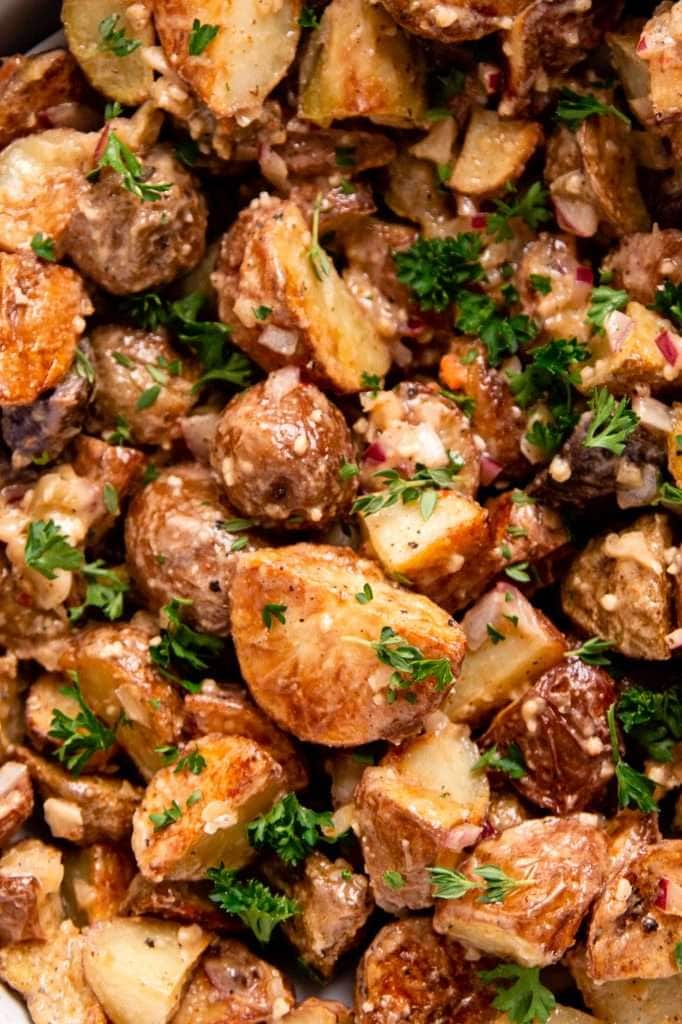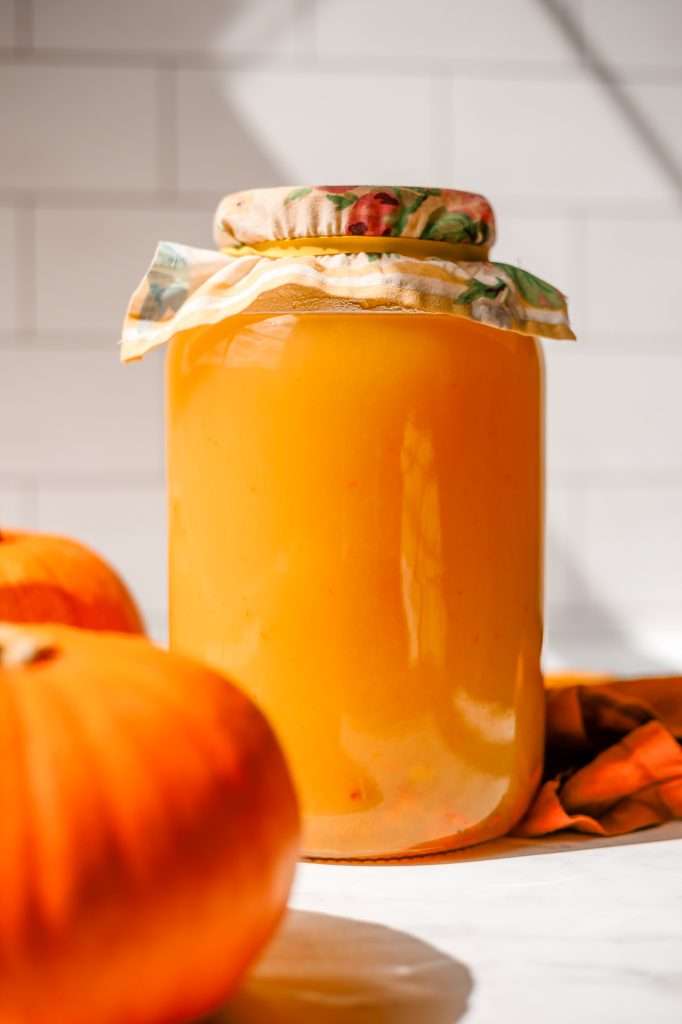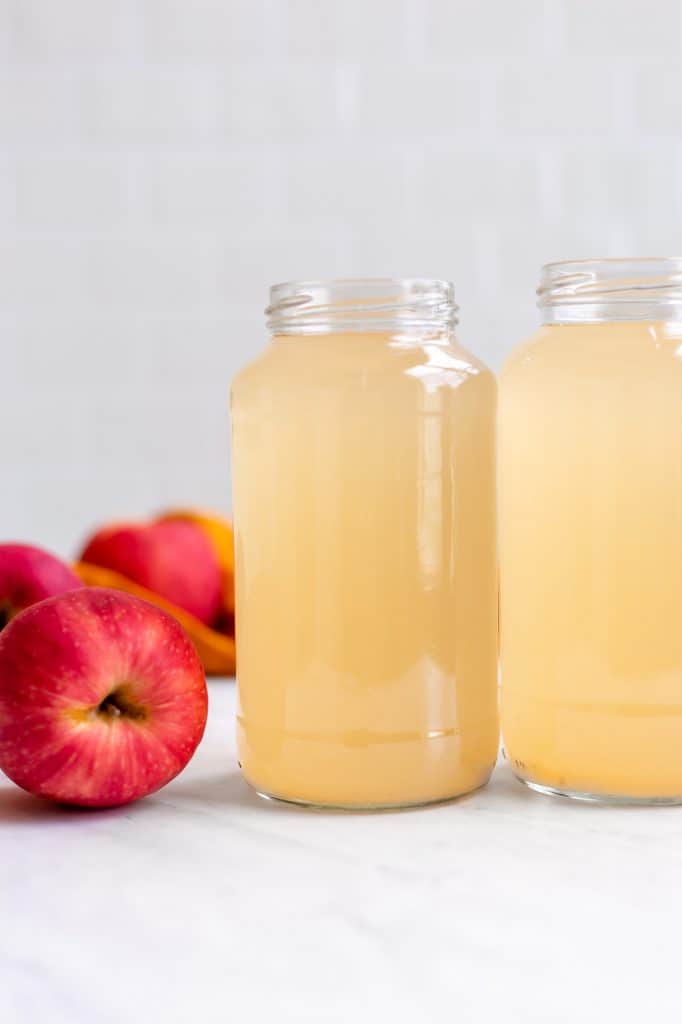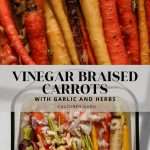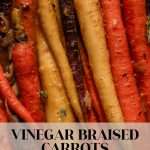Vinegar Braised Carrots
Vinegar adds a delightful tang to braised carrots, complementing their natural sugars. In this blog, I’ll teach you how to use homemade vinegar to braise delicious carrots, the perfect autumn side dish.
Braising vegetables in vinegar is a culinary technique that adds depth and a zesty flair. The key is to strike a balance between the vinegar’s acidity and the carrots’ natural sweetness.
Here is my favorite braising liquid recipe for vegetables:
- Three tablespoons butter, melted
- Two shallots thinly sliced
- Two garlic cloves, minced
- One tablespoon miso
- Three tablespoons honey (or maple syrup)
- 1 cup homemade vinegar
- 1 cup chicken broth (or beef or vegetable)
- fresh herbs
This braising liquid is perfect for many different vegetables, but I especially love it for root vegetables like carrots and beets.
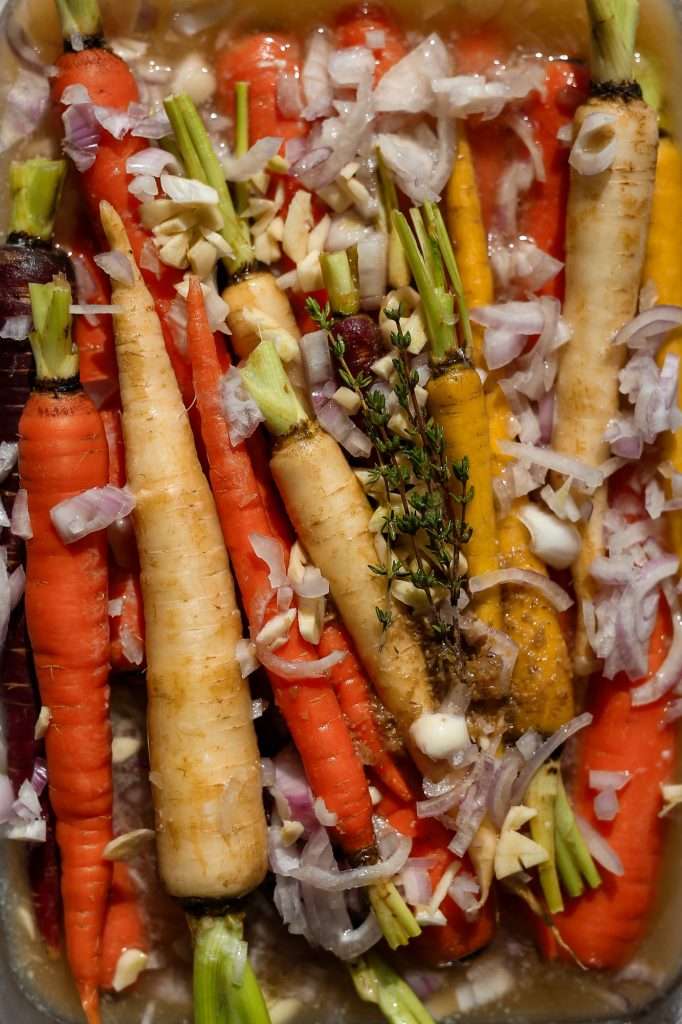
The Best Vinegar For Braised Carrots
Choosing a suitable vinegar can make a significant difference in your dish. Each type brings unique character, from robust balsamic flavor to apple cider vinegar’s light and crisp notes.
I always use my homemade vinegar for braising vegetables because I have a lot of homemade vinegar on hand. Here are a few of my favorites to use for braising
- Homemade apple vinegar
- Roasted Pumpkin vinegar (this one is fantastic in this recipe)
- Pineapple vinegar
- kombucha vinegar
Making vinegar at home takes quite a while. So, if you don’t already have some, you can use store-bought vinegar. A few of my favorites from the store include:
- Whole Foods Raw Apple Cider Vinegar
- Trader Joe’s Pumpkin Vinegar
- Napa Valley Organic Red Wine Vinegar
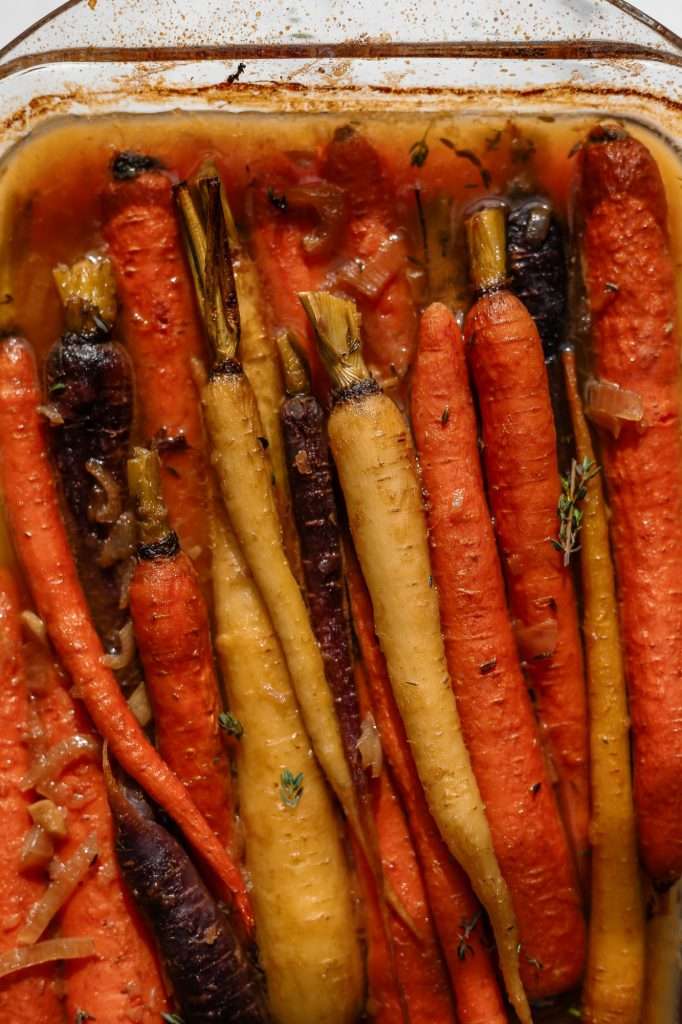
Braised Organic Carrots with Garlic and Herbs
I always say to use organic vegetables whenever possible. Mostly, I encourage organic produce for health and nutrition, but this time, it’s about flavor.
The flavor and sugar content of carrots are significantly influenced by the soil in which they are grown, and this is particularly evident when comparing carrots grown organically in compost-rich soil to those grown conventionally.
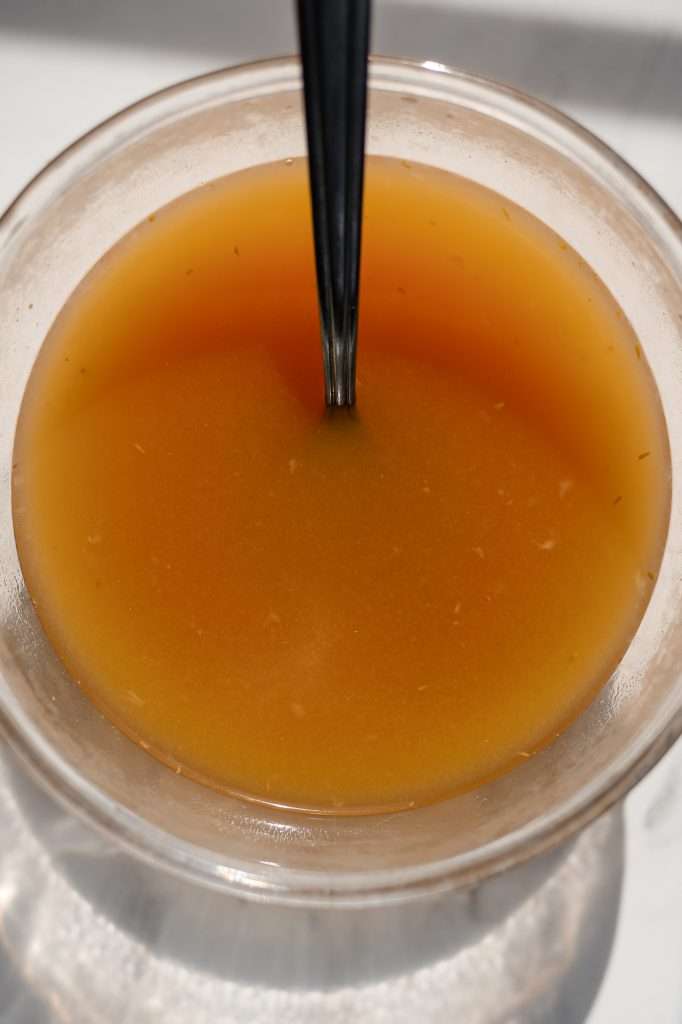


Organic Carrots Have More Flavor
Organically grown carrots, especially those nurtured in compost-enriched soil, often exhibit a more robust and complex flavor profile.
Compost, rich in organic matter, fosters a diverse microbial environment in the soil. These microbes play a crucial role in nutrient cycling, gradually releasing essential nutrients like nitrogen, phosphorus, and potassium. This slow and steady nutrient release allows for more balanced growth of the carrots, often resulting in a deeper, sweeter, and more nuanced flavor.
The presence of organic matter also improves soil structure, which enhances water retention and root development, further contributing to the quality of the carrots.
Why Conventionally Grown Carrots Don’t Taste as Good
In contrast, farmers typically cultivate conventionally grown carrots in soils that rely heavily on synthetic fertilizers. These fertilizers provide an immediate but short-lived nutrient boost, which can lead to quicker but less balanced plant growth.
This rapid growth often results in carrots with a milder flavor and potentially lower sugar content, as the development of sugars and complex flavor compounds in plants is a gradual process best supported by a steady supply of nutrients and favorable soil conditions.
Additionally, the soil microbial diversity in conventionally farmed soils can be less robust due to the use of pesticides and herbicides, which can further impact the flavor development in the carrots.
Therefore, the distinctive taste of carrots grown in different soils is not just a matter of organic versus conventional farming practices; it’s also a reflection of the health and quality of the soil itself, showcasing how vital soil management is in determining the flavor and nutritional content of our produce.
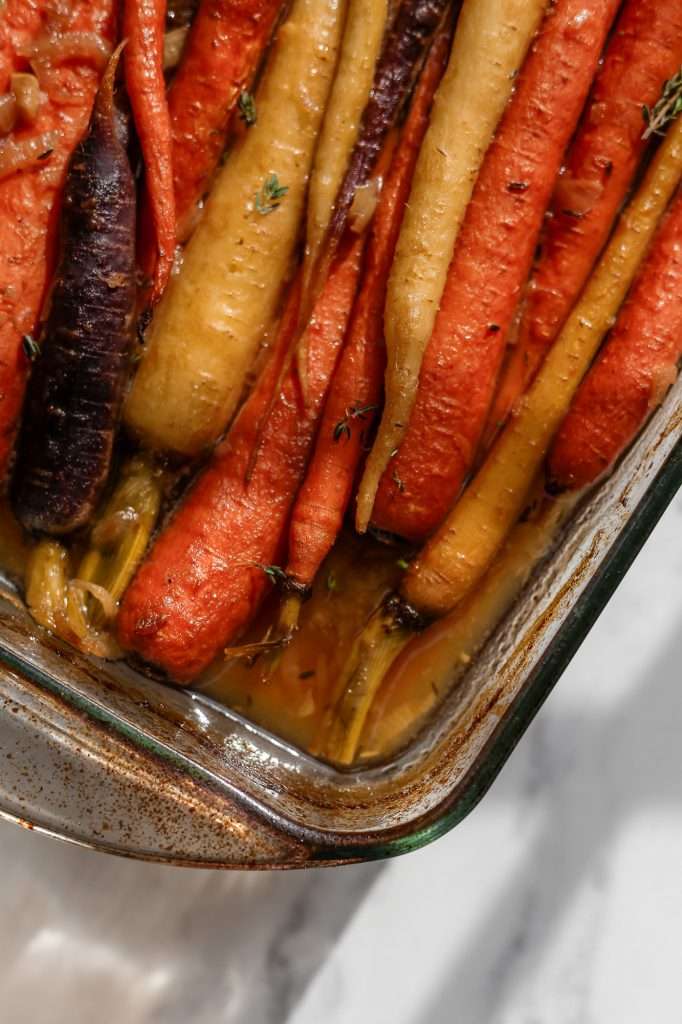
Should You Peel Carrots to Make Braised Carrots?
Peeling carrots is a shared kitchen practice, but is it always necessary? For this recipe, it is up to you! I grow many carrots and prefer to leave the skin on when braising.
Pros of Peeling Carrots
- Improved Texture and Appearance: Peeling can lead to a smoother texture, preferable in dishes where we desire a uniform, delicate texture, such as in purees or finely grated salads.
- Removes Dirt and Residues: Peeling is an effective way to remove any residual dirt, pesticides, or contaminants on the surface, which is especially important if not using organic carrots.
- Milder Flavor: The skin can sometimes have a slightly bitter or earthy taste, which peeling removes, resulting in a milder, purely sweet carrot flavor.
Cons of Peeling Carrots
- Nutrient Loss: The skin of carrots is rich in nutrients and fiber. Peeling can lead to losing some vitamins and minerals concentrated in or just beneath the skin.
- Time-Consuming: Peeling is an additional prep step that takes time, which might be significant, especially when preparing large quantities.
- Waste Generation: Peeling generates food waste since we usually discard the skins. If you have a compost bin, this isn’t an issue.
How Carrot Skin Affects Flavor and Texture
- Flavor: Carrot skin can have a slightly more earthy and bitter flavor than the sweeter inner flesh. This contrast can add complexity to the taste profile of certain dishes.
- Texture: The skin provides a slightly firmer texture. When cooked, this difference is less noticeable, but in raw preparations like salads, the contrast in texture can be discernible.
Tips for Cleaning and Preparing Carrots for Braising
- Thorough Washing: Whether you choose to peel your carrots or not, washing them thoroughly under running water is essential. Use a vegetable brush to scrub the surface and remove dirt, especially around the top and bottom where dirt can accumulate.
- Trimming Ends: Always trim off the top and bottom ends of the carrot, as these parts can be tough and woody.
- Peeling Options: If you decide to peel, use a good-quality peeler to remove only the outermost layer of the skin to minimize nutrient loss.
- Alternative to Peeling: For those preferring not to peel, consider organic carrots, as they are grown without synthetic pesticides. Even then, a thorough wash is necessary.
- Cooking Considerations: When preparing cooked carrot dishes, remember that unpeeled carrots may require a slightly longer cooking time to achieve the same tenderness as peeled ones.
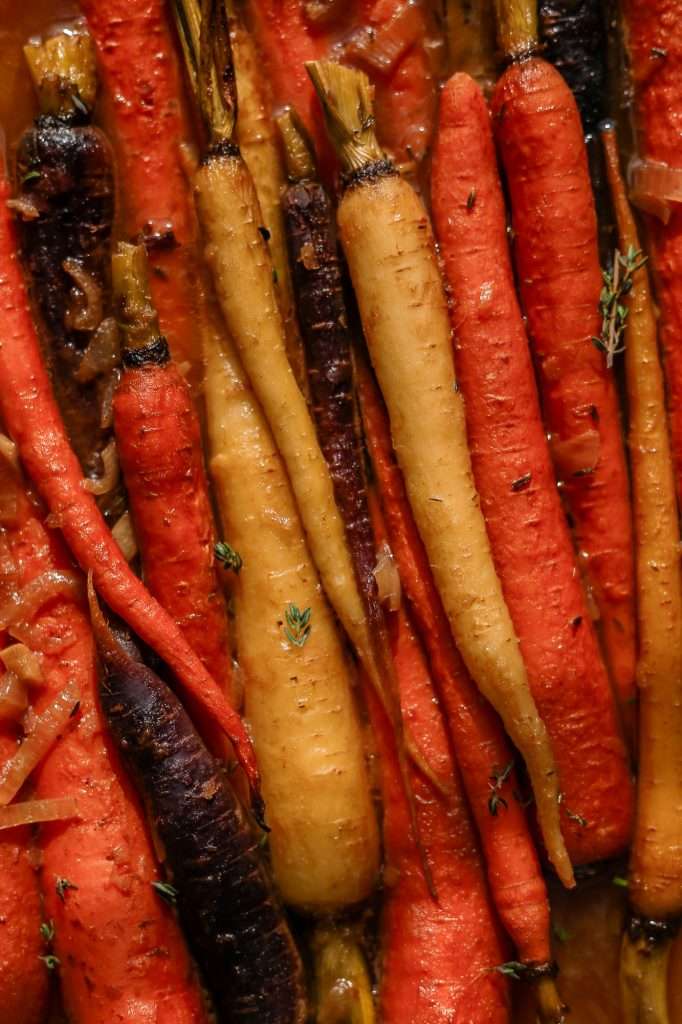
Braised Carrots Side Dish
Vinegar braised carrots with garlic and herbs offer a harmonious blend of sweet, earthy, and tangy flavors, making them a standout dish for any occasion, especially Thanksgiving.
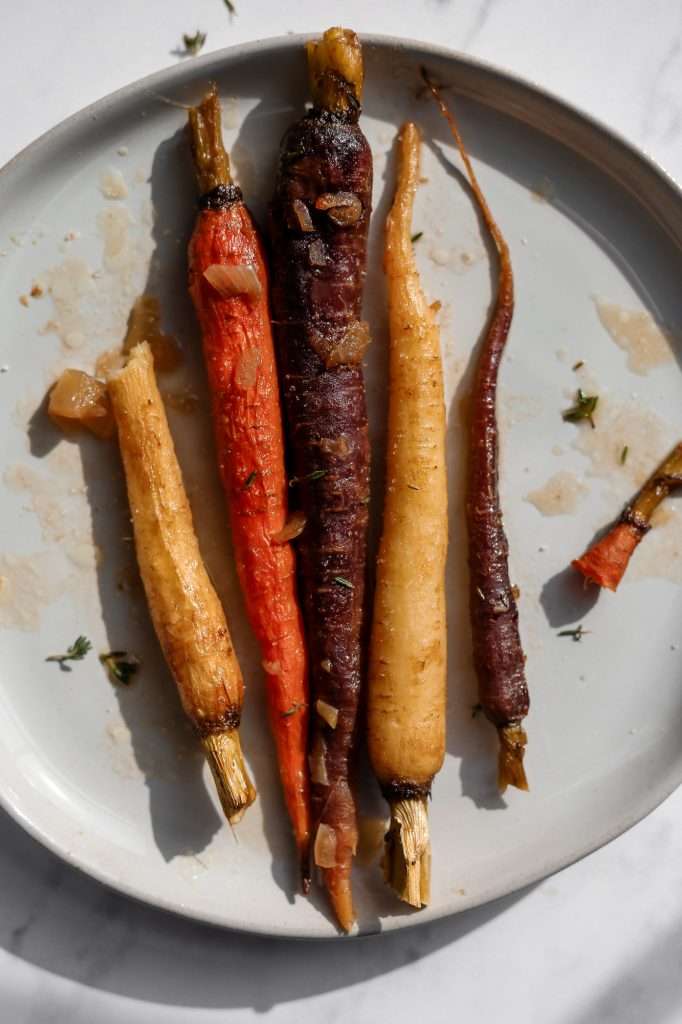

Vinegar Braised Carrots with Garlic and Herbs
Elevate your Thanksgiving with these Vinegar Braised Carrots with Garlic and Herbs – a vibrant side dish that’s as beautiful as it is delicious!
- Prep: 10 minutes
- Cook: 2 hours
- Total Time: 2 hours 10 minutes
Ingredients
- 3 pounds carrots, washed and peeled
- 3 tablespoons butter, melted
- 2 shallots thinly sliced
- 2 garlic cloves, minced
- 1 tablespoon miso
- 3 tablespoons honey (or maple syrup)
- 1 cup homemade vinegar
- 1 cup chicken broth (or beef or vegetable)
- 3 sprigs fresh herbs (thyme, sage, rosemary)
Instructions
- Preheat oven to 350 degrees.
- Mix the butter, shallots, garlic, miso, honey, vinegar, and broth in a large bowl. Whisk until evenly combined
- Place the carrots in a baking dish, it’s okay if you layer the carrots a little. pour the mixture over the carrots. Place the herbs on top
- Roast for about 2 hours uncovered, every 30 minutes remove from the oven and toss the carrots to coat them all in the liquid then return them to the oven.


